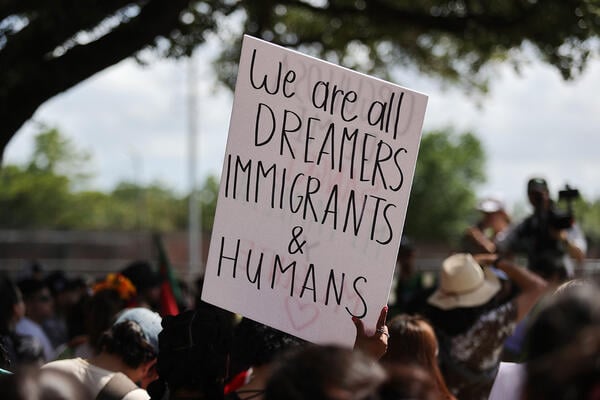As a kid, I remember science often being taught through myth busting. It was an engaging way to learn to ask questions, even if some examples worked better than others. (When someone responded to “people thought the earth is flat because it looks flat” with “what would it look like if it were round?” it broke my pre-adolescent brain.) The lesson behind the lesson was that science is a good way to fact-check, even if the facts in question seem obvious.
In that spirit, I loved Joshua Goodman and Joseph Wilkelmann’s new NBER paper about community college enrollments. It takes on several widely held myths, subjects them to empirical scrutiny and shows that they’re mostly false. It should be required reading for anyone discussing higher education policy.
The whole thing is worth reading, but I’ll give a few highlights.
- Most of the college enrollment drop over the last 15 years has occurred at community colleges, which typically have the lowest tuition of any sector. If the “high prices are scaring students away” story were true, the opposite would have happened. In fact, the most expensive four-year schools continue to turn people away. Enrollment decline is not primarily about tuition.
- About 30 percent of the reported drop in community college enrollment is a result of two-year colleges starting to offer four-year degrees. When their enrollments move from one category to the other, it causes a drop in one and an increase in the other. It’s actually closer to a measurement error.
- About 60 percent of the enrollment drop comes from students who were on the cusp of either enrolling or going to work; when the low-end job market picked up, those students either left college or skipped it.
- The “flight to quality” story doesn’t work, either. Community colleges didn’t lose many students to four-year schools; they lost them to paid employment.
- Surprisingly, at least to me, the surge in community college enrollments in 2009–10 didn’t lead to a surge in community college graduates. See the point above. When the low-end job market climbed out of the recession, many students decamped. As overall enrollments have dropped, retention and graduation rates have increased.
Taken together, these points refute several popular narratives. First, the most famous universities are not remotely representative of higher education as a sector. Second, the major driver of decline has been the availability of entry-level jobs, not six-figure tuition. Third, there simply has not been a “flight to quality” as the term is often used. The most compelling argument for free community college isn’t that it would somehow stick it to Harvard; it’s that it would enable more students to complete programs by reducing the need to work for pay while going to school. The primary competition for community college students is low-end employment.
Those narratives need to be discredited because they aren’t just wrong; they’re damaging. They put the blame for macroeconomic conditions on institutions that don’t control them, and they divert discussion from measures that would help to measures that are irrelevant at best and actively harmful at worst.
The story that strikes me as much closer to the truth goes like this: Higher education exists in a larger political economy. The increasingly bifurcated economy we have now—growth on the high end and the low end, with a hollowing-out of the middle—creates a sort of gravitational pull on institutions. Elite institutions are thriving, since they draw on the (anxious) upper classes. Low-end employers are thriving. Institutions built to help create a middle class are struggling. If you have a billion-dollar endowment and the stock market is offering double-digit returns, you’re doing great. If you’re a community or state college with flat or declining public funding, you’re struggling.
It doesn’t have to be this way, of course. The public sector could choose to act as a counterweight, pushing opportunity where we want it to go. That option exists. It has been done before.
But doing that involves first getting the facts right. Kudos to the NBER team for bringing relevant facts to the table. Now we just need to knit them into a compelling narrative.










